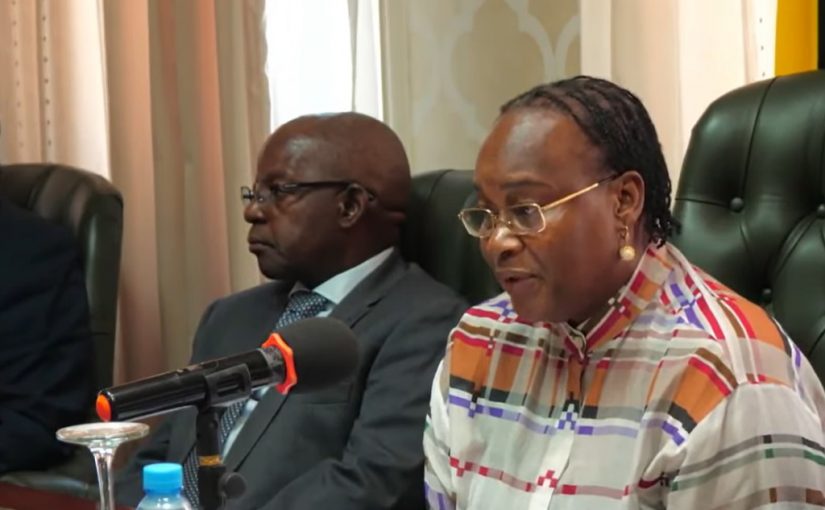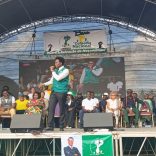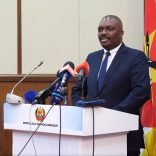Cuban President Diaz-Canel receives Frelimo Secretary-General
Mozambique Elections: Constitutional Council says it cannot carry out full recount – AIM

Screen grab: Conselho Constitucional - CC/Facebook
The Constitutional Council, Mozambique’s highest body in matters of constitutional and electoral law, has admitted that it is not able to carry out a full recount of the votes cast in the 9 October presidential, parliamentary and provincial elections.
Over the past week, Council chairperson Lucia Ribeiro has met with the leaders of political parties to explain the procedures it is using to validate the election results.
These procedures are limited, in that the Council has chosen only to check the documents recording the process of counting and tabulating votes: the results sheets (editais) and the minutes from each polling station.
There is no recount in the sense of counting the original ballot papers, although these should still exist. Checking the editais and minutes may catch some frauds, as in cases where the editais used by the National Elections Commission (CNE) in determining its preliminary results contradict the copies in the possession of the political parties, or where the figures on an edital do not add up correctly.
The Council appears to assume that the editais have not been faked, but the reports from observers make it clear that a good number of the results sheets were doctored in the polling stations.
The anti-corruption NGO, the Centre for Public Integrity(CIP) in its latest bulletin on the elections, points out that “If the council only works from results sheets, and does not check them against ballot papers, it cannot tell if those sheets have been fabricated”.
To make matters worse, there were cases where the monitors from opposition political parties were not given the copies of the results sheets to which they were entitled under the electoral legislation. Thus Podemos, the party that supports presidential candidate Venancio Mondlane, was only able to collect editais for 23 per cent of the vote.
This all means that no result declared by the Constitutional Council can be trusted, even if it does eliminate some of the more blatant irregularities.Ribeiro also rejected calls for the Council to publish all the editais and minutes in full, claiming this was not feasible. “There are 26,000 polling stations times three [sets of ballot papers, for the presidential, parliamentary and provincial elections]. So it would take us
about four to five months to publish them on the Internet,” she claimed in her meeting with Renamo.
This merely shows that Ribeiro is unfamiliar with modern technology. The editais could all be scanned and put onto a dedicated website in a matter of hours, not months.
Meanwhile, the Mozambican Bar Association (OAM), in a press release issued on Friday, has called for a full recount of votes or a re-run of the October elections.
The OAM did not pull its punches. It said the method being used to compare documents to validate the election is “illegal” and “useless for discovering the truth”. It is simply “an invention of the Constitutional Council”.
“The demonstrations underway in the country have evolved into social protest or revolt,” warns the OAM. “Our society is on the verge of collapse, with the total absence of the state.” Trying to create calm by “this illegal exercise in comparing public documents … is inglorious and useless.” Instead, “the cure for this electoral process is a recount of the votes or the annulment of the election.” This could be a “meeting point and move toward harmonization in society.”
“It is crystal clear that the veracity of documents cannot be established by comparing them,” OAM said. It denounced “the gross irresponsibility of the CNE, which recognised that it had no plausible justification for the discrepancies”.
The CNE itself, the OAM added, had recognised “the discrepancy in the number of voters between the different elections, the high rate of abstentions in all constituencies and the high rate of blank and invalid votes”.
The OAM argued that had the Constitutional Council not claimed exclusive authority over electoral disputes, it would have been easier to address electoral irregularities at the district court level, since there are over 150 courts which could have individually checked the results in their area.













Leave a Reply
Be the First to Comment!
You must be logged in to post a comment.
You must be logged in to post a comment.